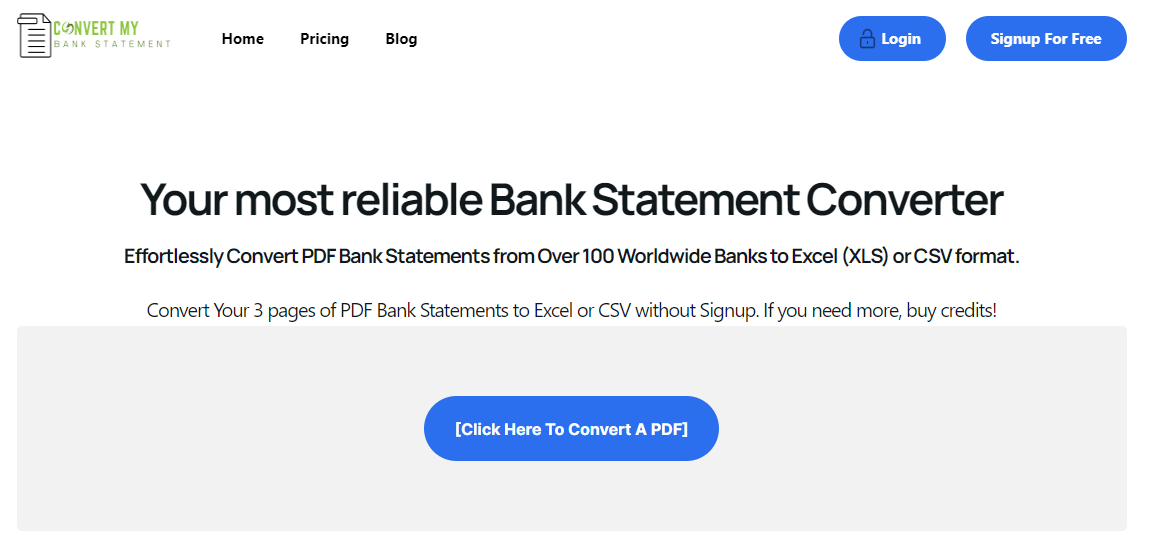Bank Statement Examples & Samples

In the realm of personal finance, bank statements stand as pivotal documents, offering a detailed record of your financial life over a set period, typically a month. These statements, whether in paper form or as electronic statements (e-statements), do more than just describe your financial transactions; they offer critical insights into your spending patterns, serve as a tool for detecting fraud, and are indispensable for robust financial planning.
Anatomy of a Bank Statement
A standard bank statement comprises several key components, each offering valuable financial information:
- Personal Information: This includes your name, address, and bank account number, ensuring the statement pertains to your account.
- Statement Period: Unlike a calendar month, this period can vary, starting and ending on any day of the month, depending on the bank’s policy.
- Account Summary: This section highlights your financial activity, showing the opening balance at the start of the period, total deposits and withdrawals made, and the closing balance.
- Transaction Details: Every transaction is listed with specifics such as the date, amount, and the other party involved. It categorizes transactions into deposits and withdrawals for easy reference.
The Multifaceted Role of Bank Statements
Bank statements serve several critical functions in personal finance management:
- Budgeting and Financial Planning: By providing a clear view of your income and expenses, bank statements can be instrumental in crafting a budget and planning for future expenses.
- Reconciliation and Fraud Detection: Regular review of bank statements helps in identifying any unauthorized transactions or discrepancies. If you want to know more about how to reconcile a bank statement.
- Credit Assessment: For loan applications, bank statements are often required by financial institutions to evaluate an individual’s creditworthiness.
E-Statements vs. Paper Statements: A Comparative Overview
The digital era has ushered in e-statements, known for their convenience and ease of storage. Despite this, paper statements continue to be popular for those who prefer a physical record. It's important to note that some banks charge fees for paper statements, subtly encouraging customers to opt for digital versions.
Analyzing Bank Statements for Financial Mastery
To truly benefit from your bank statement, consider the following approaches:
- Expenditure Analysis: Categorize your expenses to identify potential areas for savings.
- Transaction Verification: Regularly check each transaction for accuracy, and promptly report any anomalies.
- Interest and Fee Assessment: Evaluate the interest earned on deposits and the fees incurred, helping you understand the cost-effectiveness of your bank account.
- Future Financial Planning: Utilize the insights from your statement to fine-tune your budget and savings strategies.
Best Practices for Managing Bank Statements
- Consistent Review: Make it a habit to scrutinize your bank statements monthly to keep up with your financial status.
- Secure Storage: Safely store your statements, be it digitally in encrypted folders or as physical copies in a secure location.
- Timely Dispute Resolution: Familiarize yourself with the dispute resolution process of your bank, usually a 60-day window, to address any errors or unauthorized transactions.
Example Bank Statement
Explanation of the Bank Statement
- Date: Indicates the day the transaction occurred.
- Description: Provides details about the transaction, such as the name of the merchant, the nature of the withdrawal or deposit, etc.
- Withdrawals: The amount of money taken out of the account. This includes expenses like purchases, bill payments, and ATM withdrawals.
- Deposits: The amount of money put into the account. This primarily includes income sources like paychecks or transfers.
- Balance: The account balance after each transaction. It's calculated by subtracting withdrawals from and adding deposits to, the previous balance.
In this example, the statement starts with an opening balance of $2,000.00. It records various transactions throughout the month, including expenses like grocery shopping, utility bill payment, and dining out, as well as income from a paycheck deposit.
Each transaction alters the account balance accordingly. The statement ends with a closing balance of $2,425.00, reflecting all the transactions during the month.
If you want to convert your PDF bank statements to CSV, Use Convert My Bank Statement to convert your PDF bank statements to Excel or CSV.

Conclusion
Bank statements are more than mere transaction logs; they are a lens through which you can view and understand your financial health. They empower you with the data needed to detect unauthorized activities and make informed decisions for financial improvement.
Whether you lean towards traditional paper statements or the convenience of e-statements, the goal remains the same: to harness these tools for better financial management and planning.